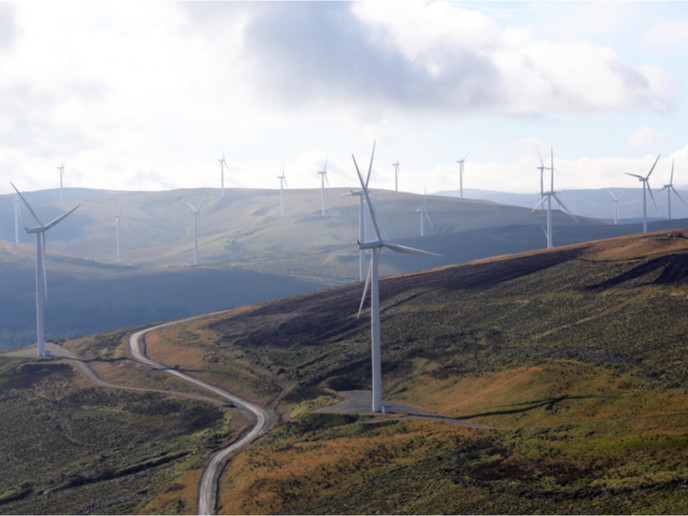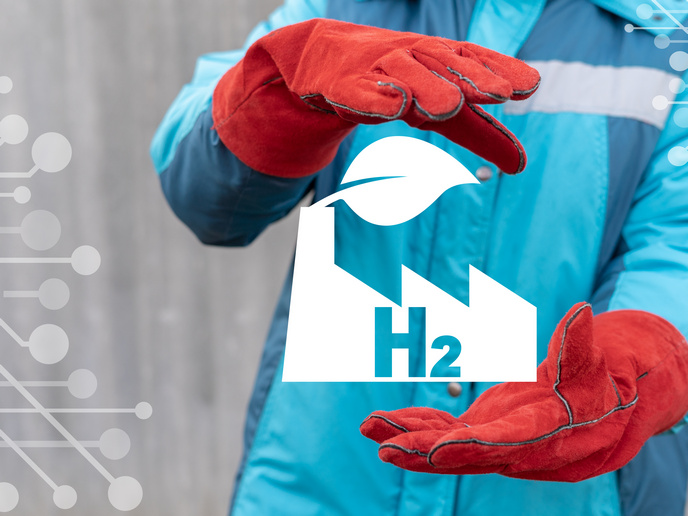Faster, cheaper assessment tools promise ‘fair winds’ in terms of profit for the wind energy sector
As available flat terrain for wind farms becomes scarcer, there is a resulting increase in the use of offshore or topographically complex sites. In such locations, the only viable solution for achieving accurate wind assessment results and profitability is computational fluid dynamics (CFD) models. However, CFD models require significant computational resources, which represent a significant upfront investment that small actors cannot easily afford. The EU-funded ZephyCloud-2 (Making Wind Energy More Profitable...Faster!) project combined CFD wind modelling and software development expertise to provide cost-effective, innovative tools for wind resource assessment and become the reference platform for the wind power industry. “Our solution, thanks to cloud computing and its pay-as-you-go model, provides an accurate estimation of future wind energy production, reducing both costs and uncertainty,” says Tristan Clarenc, project coordinator and CEO and founder of ZephyScience.
New platform supports wind farms
Researchers from ZephyScience applied their open-source wind farm design software ZephyTOOLS to a streamlined cloud computing service. “Any wind farm designer can now easily perform advanced wind flow modelling. Through this process, our users can run calculations simultaneously and have total control of the running computations,” Clarenc explains. On top of the computing service, the team built ZephyFarm, a web platform dedicated to wind energy projects that brings together a wide range of services, documentation, data, tools, and scientific modules. According to Clarenc: “These aim to provide an integral solution for wind analysis and optimisation along the entire project lifecycle, from project development to operating wind farms.” New modelling services can be introduced on the platform thanks to ZephyOpen. They can be offered either privately (letting the user take advantage of cloud computing capacity) or publicly (becoming available to all users connected to the platform). Furthermore, they allow the size and the complexity of models to be increased and support the introduction of new advanced assessment methodologies into the wind energy community.
Better models for more accurate assessments
The project team is particularly proud to have implemented a comprehensive and accurate method for properly analysing the wake effects within and around a wind farm. “This important step addresses one of the main requirements of the industry, that is the uncertainties related to wake effects, especially now that the industry is tending to move towards offshore projects,” notes Clarenc. ZephyCloud-2 will enable the most advanced numerical models to be used and facilitate viable wind farm development, wind turbine optimisation, and a reduction in operation and maintenance costs. It will accelerate the development of a next-generation wind power simulation and analysis cloud platform, thereby boosting the deployment of renewables and contribute to achieving EU and global objectives for clean energy. In addition, the concept and structure of the cloud service and the ZephyFarm platform are also relevant to other sectors in the renewable industry with similar needs. “Whether tidal, wave, hydro energy or even thermal flows within solar and geothermal processes, these systems all require high-accuracy modelling to reduce uncertainties in yield predictions, improve projects’ bankability and reduce operational costs,” Clarenc concludes.
Keywords
ZephyCloud-2, wind farm, wind energy, computational fluid dynamics (CFD), cloud computing, ZephyFarm, wake effects







